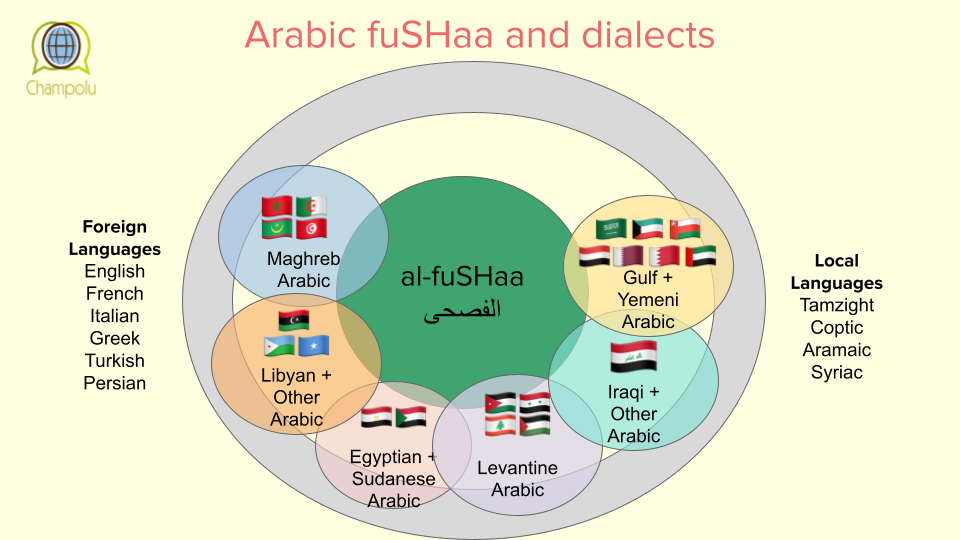When learning Arabic, it is important to have a clear understanding of your goals. Otherwise, you may spend a lot of time, money and effort without a satisfactory outcome. The first thing to know is that there are two different types of Arabic. The first is Formal language (known as fuSHaa, meaning the most eloquent). FuSHaa includes both classical Arabic and the more popular Modern Standard Arabic (MSA)d. MSA is used mainly in written and formal materials. On the other hand, the informal/colloquial language is mainly spoken, with different dialects and varieties across different countries. In this post, you’ll see the different possible goals associated with each type. Then, you will know which type of Arabic to focus on, so that you can achieve your goals.
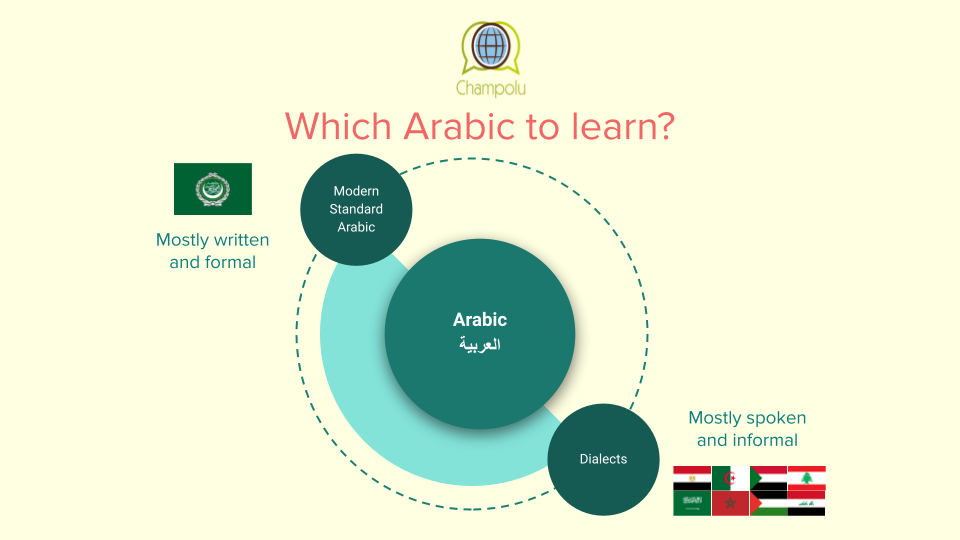
Suppose that you need to learn Arabic to read some official documents or read a book in Arabic. In this case, it makes sense only to learn MSA. Otherwise, if you want to:
- watch Arabic speaking media
- listen to songs or other cultural production
then in most cases you will need to study one dialect or another.
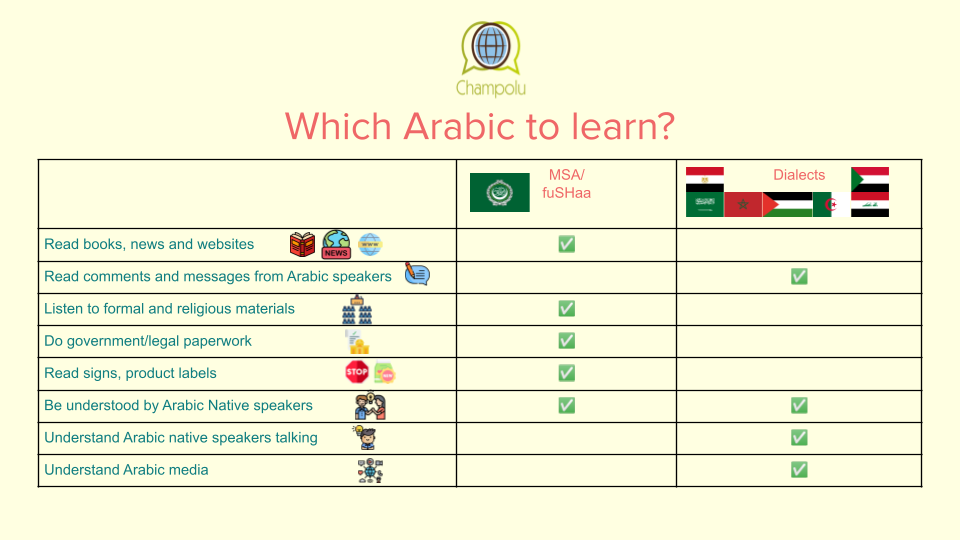
An ideal learning strategy would be to combine both types. In fact, this is what most Arabic native speakers do. They just switch between the two types according to context.
Our Learning Products
-
Product on sale
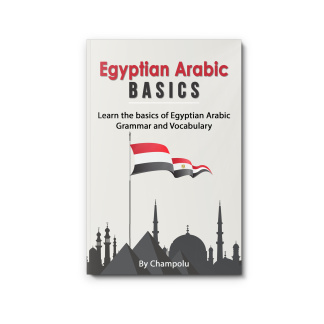 Egyptian Arabic Basics$6.99
Egyptian Arabic Basics$6.99 -
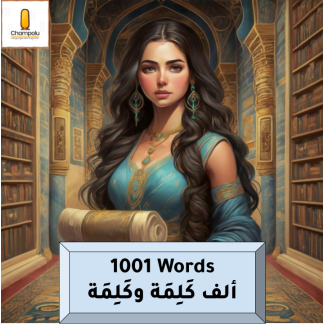 1001 Words – ألْف كَلِمَة وَكَلِمَة$0.00
1001 Words – ألْف كَلِمَة وَكَلِمَة$0.00 -
 Egyptian Arabic Learning Package – Basic$50.00
Egyptian Arabic Learning Package – Basic$50.00 -
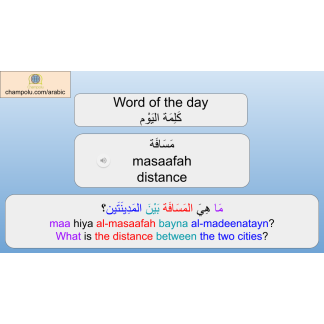 Word of the day 2020-2021 PDF
Word of the day 2020-2021 PDF -
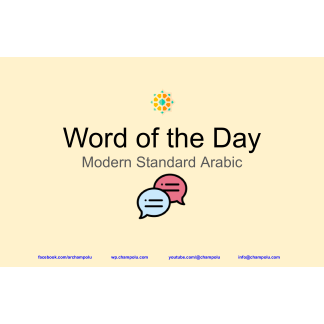 Word of the day 2023 PDF$0.00
Word of the day 2023 PDF$0.00 -
 Guide – Which Arabic to learn?
Guide – Which Arabic to learn? -
 Grammar Cheat Sheet – Modern Standard Arabic – PDF Download
Grammar Cheat Sheet – Modern Standard Arabic – PDF Download -
 Technical Consultation$100.00
Technical Consultation$100.00 -
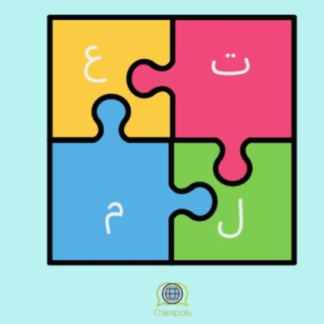 Basic Arabic Reading Course$19.99
Basic Arabic Reading Course$19.99
What is fuSHaa: classical Arabic + Modern Standard Arabic
In order to understand Arabic better, it i important to make a few distinctions, and to see some overlaps.
The first distinction is between Classical Arabic and Modern Standard Arabic. Although Arabic speakers call both of them al-fuSHaa (or the most eloquent), classical Arabic refers mainly to Arabic used in literary and religious texts many centuries ago, while Modern Standard Arabic is the Arabic that is used nowadays for most of formal contexts. Here are a few points from this figure:
1- There is a lot of overlap between MSA and classical Arabic. The grammar is basically identical
2- many words in ancient texts (classical Arabic) that are not used nowadays (MSA)
3- many modern words that were coined to reflect many areas of technology, economics, business and so on
4- Some words had a certain meaning in classical Arabic and a different meaning in MSA. For example the word “sayyaarah” was used in Quran to mean “a caravan”, but in modern use, it means “a car/au automobile”
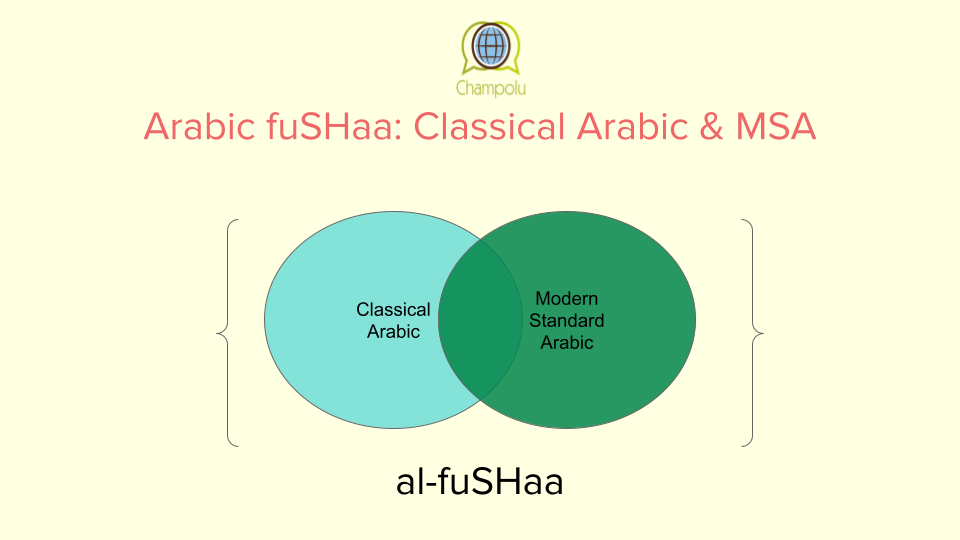
The relationship between fuSHaa and dialects
And there are a few important points about the distinction between fuSHaa and dialects:
1- There are different dialects for the different Arabic speaking countries
2- Some dialects can be grouped together, like Levantine, Maghreb, and Gulf groups since these dialects are similar to each other
3- Each dialect has an overlap with fuSHaa, many words and verbs either are the same as in MSA, or has an origin from classical Arabic
4- Each dialect has overlaps with other dialects, dialects with closer geographical proximity have greater overlap
5- Dialects are also influenced by other local languages, such as Egyptian Arabic being influenced by Coptic, and Maghreb dialects by Tamzight
6- Dialects are also influenced by foreign languages, such as French, English, Turkish … etc
